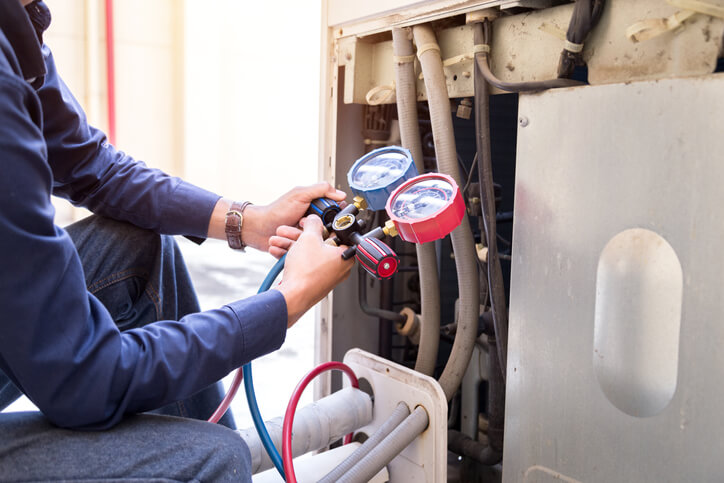HVAC Services in Sloatsburg, NY

Clarkstown HVAC review scores as of 4/8/24
The dedicated team at Clarkstown Heating & Air Conditioning is committed to helping Sloatsburg residents achieve enhanced home comfort and energy efficiency. Whether you’ve spent a summer day hiking in Sterling Forest State Park, or a winter day ice fishing at Harriman State Park, returning home to a cozy environment is always a welcome relief. As a trusted local HVAC contractor, we possess the skills and equipment necessary to address all your heating and cooling needs in Sloatsburg.
Our team of NATE-certified technicians offers expert installation, repair, and maintenance of various HVAC systems, including air conditioners, boilers, heat pumps, ductless systems, and more. Through our specialized services, we aim to improve your home’s comfort and energy efficiency by ensuring your HVAC system operates optimally. When seeking reliable HVAC solutions in Sloatsburg, don’t hesitate to give us a call – we’ll be more than happy to assist you.

We can meet all your heating and cooling needs in Sloatsburg, NY.
Air Conditioning Installation: We offer high-quality products and professional service for AC installation in Clarkstown.
Air Conditioning Maintenance: Your AC system will run smoothly with Clarkstown’s reliable maintenance services.
Air Conditioning Repair: We will restore the proper working order of your air conditioner with our expert repair services.
Heating Installation: Our team of skilled professionals install high-quality heating systems.
Heating Maintenance: We ensure your heating system works flawlessly with our reliable heating system maintenance and tune-ups.
Heating Repair: Our heating repair specialists will keep your home warm and comfortable with prompt service.
Heat Pump Services: A new heat pump installation from Clarkstown provides both heating and cooling in a single package.
Ductless Services: Our team expertly installs, maintains, and repairs ductless systems.
Boiler Services: We offer complete boiler services to keep your home warm all year long.
Hot Water Heater Services: Contact us for all your hot water needs and never run out of hot water again!
Generator Services: Clarkstown can assist you with generator installation, maintenance, and repair.
Indoor Air Quality Services: Improve your home’s air quality with our array of indoor air quality services.
What Makes Clarkstown Different?
Why choose us for your HVAC, generator and indoor air quality services:
As a family-owned business since 1976, integrity is important to us. That’s why we always strive to provide you with the very best products and services, delivered to you by our highly skilled, factory trained technicians. If you’re looking for HVAC, generator or IAQ products and services, give Clarkstown a call. We won’t disappoint you.
The people of Rockland and Bergen Counties like us because we:
-
- Are punctual, courteous, respectful and fairly priced.
- Offer financing with approved credit.
- Save you money & energy.
- Take the time to explain things.
- Are always available in an emergency.
- Don’t try to get you to spend money on a new system unless there’s a good reason.
For quality HVAC services in Sloatsburg, NY, contact Clarkstown.
You can count on Clarkstown Heating & Air Conditioning for expert HVAC services throughout Sloatsburg and surrounding areas. To schedule an appointment, fill out the form below or call 845-620-1000 today, and we will be more than happy to assist you.